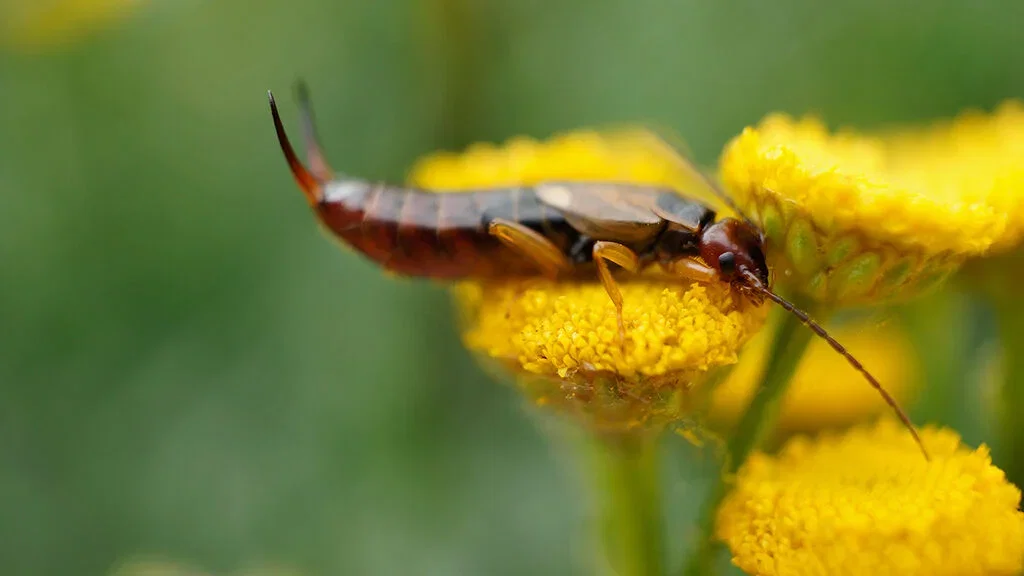Insects - for both benefit and trouble in cultivation
Pests and weeds
Beetles eat, among other things, aphids, mites, pear aphids, larvae, and butterfly eggs - thus cleaning up among many harmful insects that can attack our crops. But sometimes they also go to our own cultivated plants. Here are the tricks that can help if there are too many of them.



Written by Liselotte Roll
Swedish garden inspirer, journalist and author of books about nature, cultivation and animals, such as "Soil", "Grow for insects" and "Chickens as a hobby".
Topics:
Pests and weeds




